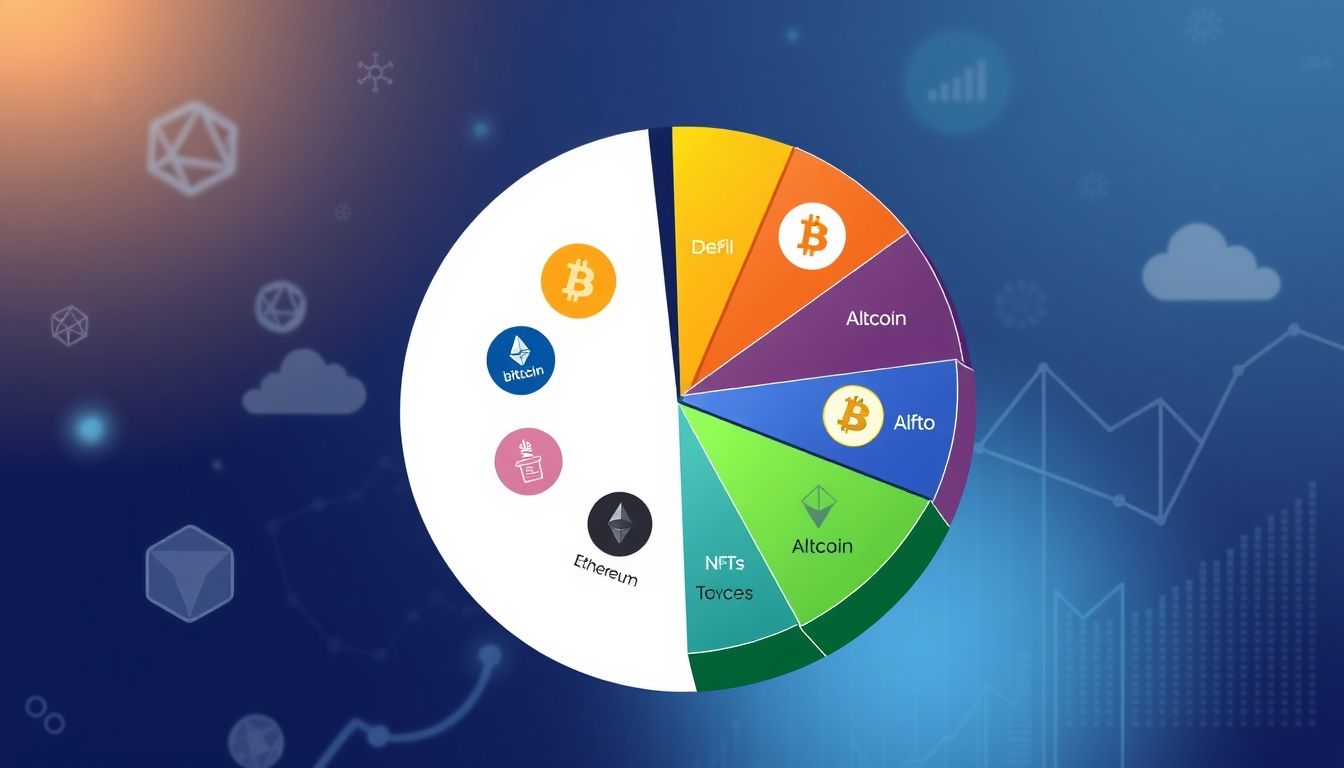Stablecoins: A Quiet Revolution in Finance and Their Practical Uses
Stablecoins represent a unique class of cryptocurrencies, combining the advantages of digital currencies in terms of speed and efficiency with the value stability that characterizes traditional currencies. These coins aim to reduce the severe price fluctuations experienced by other cryptocurrencies like Bitcoin and Ethereum, making them more attractive for everyday use in commercial transactions and payments.
1. What are Stablecoins?
Stablecoins are cryptocurrencies designed to maintain a relatively stable value, usually by pegging them to a stable asset such as the US dollar, Euro, or gold. This pegging aims to reduce price volatility and make them more reliable for use in daily transactions.
2. Types of Stablecoins
There are several types of stablecoins, differing in their mechanisms for maintaining value stability:
- Fiat-Collateralized Stablecoins: Such as Tether (USDT) and USD Coin (USDC), where reserves of fiat currencies (such as the US dollar) are held equal to the value of the digital coins in circulation.
- Crypto-Collateralized Stablecoins: Such as DAI, where the value of the coin is guaranteed by holding reserves of other cryptocurrencies (such as Ethereum) in smart contracts.
- Commodity-Collateralized Stablecoins: Such as Pax Gold (PAXG), where the value of the coin is linked to a specific amount of gold.
- Algorithmic Stablecoins: Rely on algorithms and mathematical protocols to adjust supply and demand and maintain value stability.
3. Uses of Stablecoins
Stablecoins offer a wide range of practical uses, whether for individuals or companies:
- Daily Payments: Can be used to make daily payments easily and quickly, without the need to go through traditional banking systems.
- International Money Transfers: Facilitate international money transfers at a lower cost and faster speed compared to traditional bank transfers.
- Trading in Cryptocurrency Markets: Used as a tool to store value and avoid price volatility in cryptocurrency markets.
- Lending and Borrowing: Used in decentralized lending and borrowing platforms (DeFi) to provide liquidity and earn returns.
- E-commerce: Can be integrated into e-commerce platforms to provide additional payment options for customers.
4. Benefits of Stablecoins
Stablecoins have many benefits:
- Stability: Offer value stability compared to other cryptocurrencies.
- Speed: Allow for faster transactions than traditional banking systems.
- Low Cost: Reduce transaction and money transfer costs.
- Transparency: Based on blockchain technology, providing transparency in transactions.
- Accessibility: Allow access to financial services for individuals who do not have bank accounts.
5. Risks of Stablecoins
Despite their benefits, stablecoins carry some risks:
- Reserve Risks: The reserves backing fiat-collateralized stablecoins may not be sufficient to cover all coins in circulation.
- Regulatory Risks: Stablecoins are still subject to limited regulatory oversight in many countries.
- Hacking Risks: Stablecoin trading platforms may be hacked and funds stolen.
- Algorithm Risks: Algorithms used in algorithmic stablecoins may fail to maintain value stability.
6. Legal Regulation of Stablecoins
The legal regulation of stablecoins varies from country to country. Some countries adopt strict laws to regulate these coins, while others adopt a more lenient approach. Significant developments in the legal regulation of stablecoins are expected in the coming years.
7. The Future of Stablecoins
Stablecoins are expected to play an increasingly important role in the global financial system in the future. They can contribute to facilitating e-commerce, improving the efficiency of money transfers, and providing access to financial services for individuals who do not have bank accounts. However, the risks associated with these coins must be addressed to ensure the stability of the financial system.
8. Stablecoins in the Arab World
Interest in stablecoins is increasing in the Arab world, where they can contribute to facilitating money transfers between Arab countries and reducing costs. Some startups in the region are developing payment solutions based on stablecoins to meet the needs of the local market.
9. Comparison Between Stablecoins and Traditional Cryptocurrencies
The following table shows a comparison between stablecoins and traditional cryptocurrencies:
| Feature | Stablecoins | Traditional Cryptocurrencies |
|---|---|---|
| Stability | High | Low |
| Price Volatility | Low | High |
| Use in Payments | More Common | Less Common |
| Reserves | Exist (in some types) | Non-existent |
| Regulation | Increasing | Limited |
10. Tips for Investors in Stablecoins
If you are considering investing in stablecoins, here are some tips:
- Do Your Research: Before investing, make sure you fully understand the stablecoin you intend to invest in, how it works, and the risks associated with it.
- Check the Reserves: If the coin is fiat-collateralized, make sure there are sufficient reserves to cover all coins in circulation.
- Be Wary of Scams: Avoid investing in unknown stablecoins or those promising unrealistic returns.
- Diversify Your Investments: Do not put all your money in one stablecoin.
- Consult a Financial Advisor: Before making any investment decisions, consult a specialized financial advisor.




